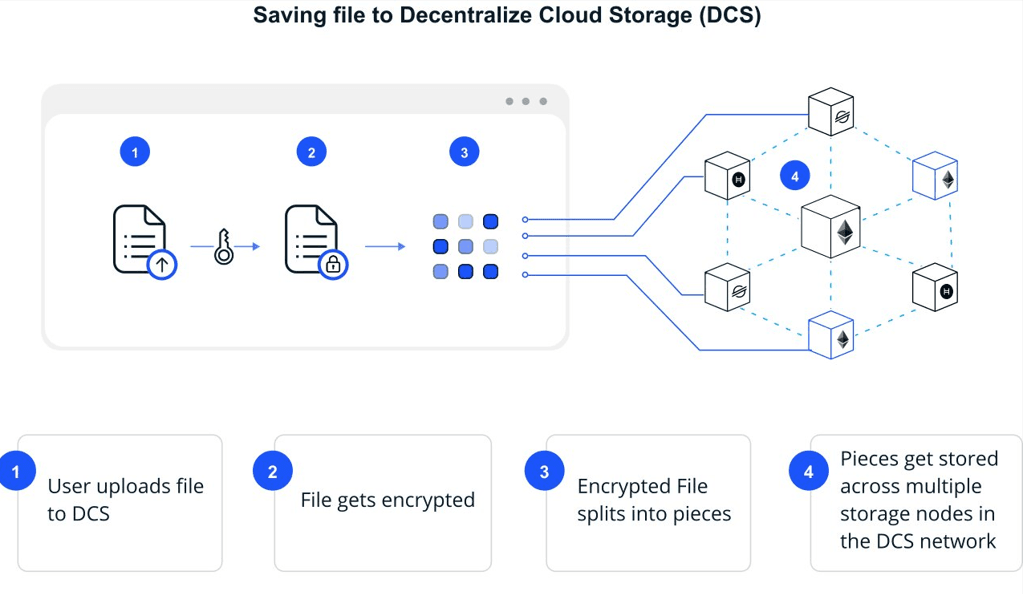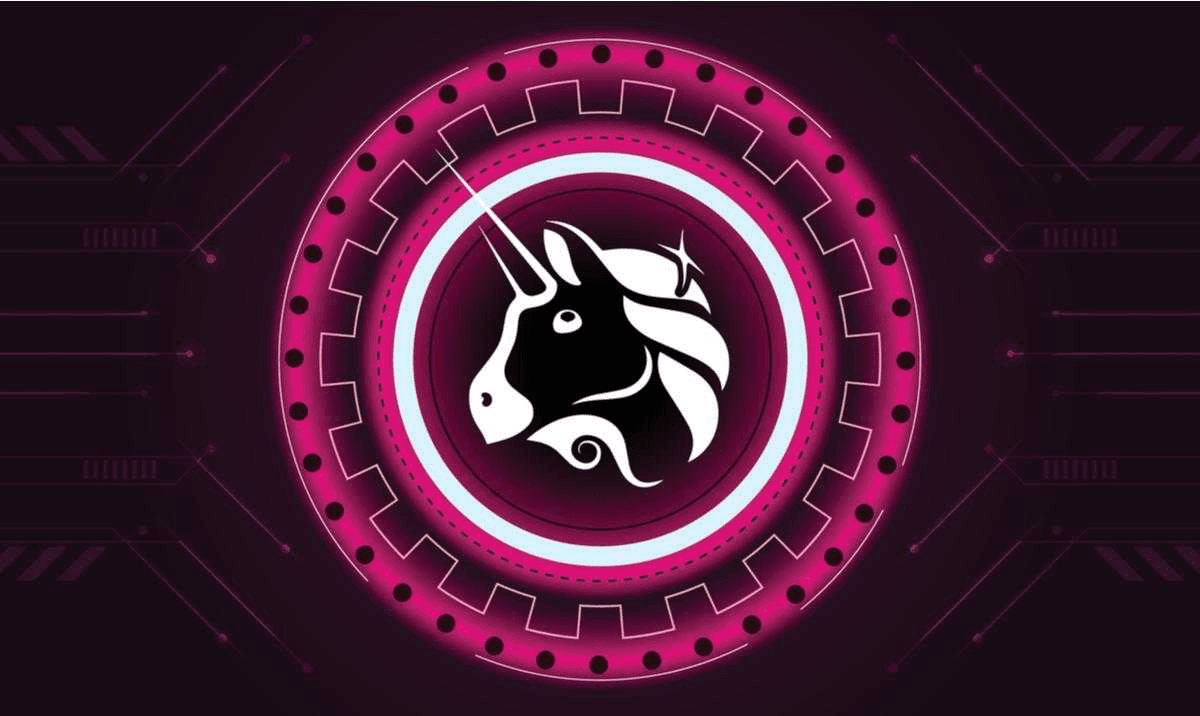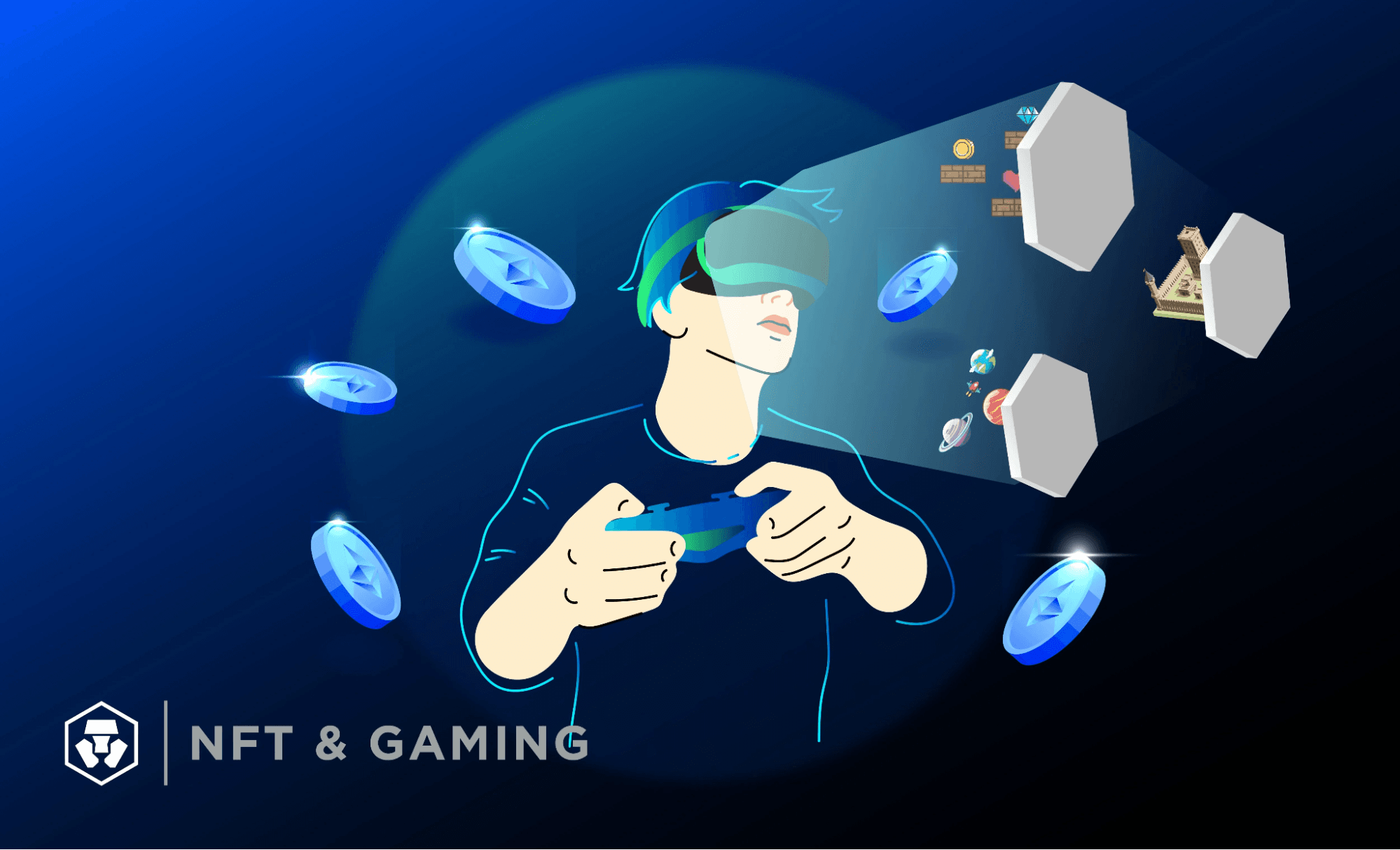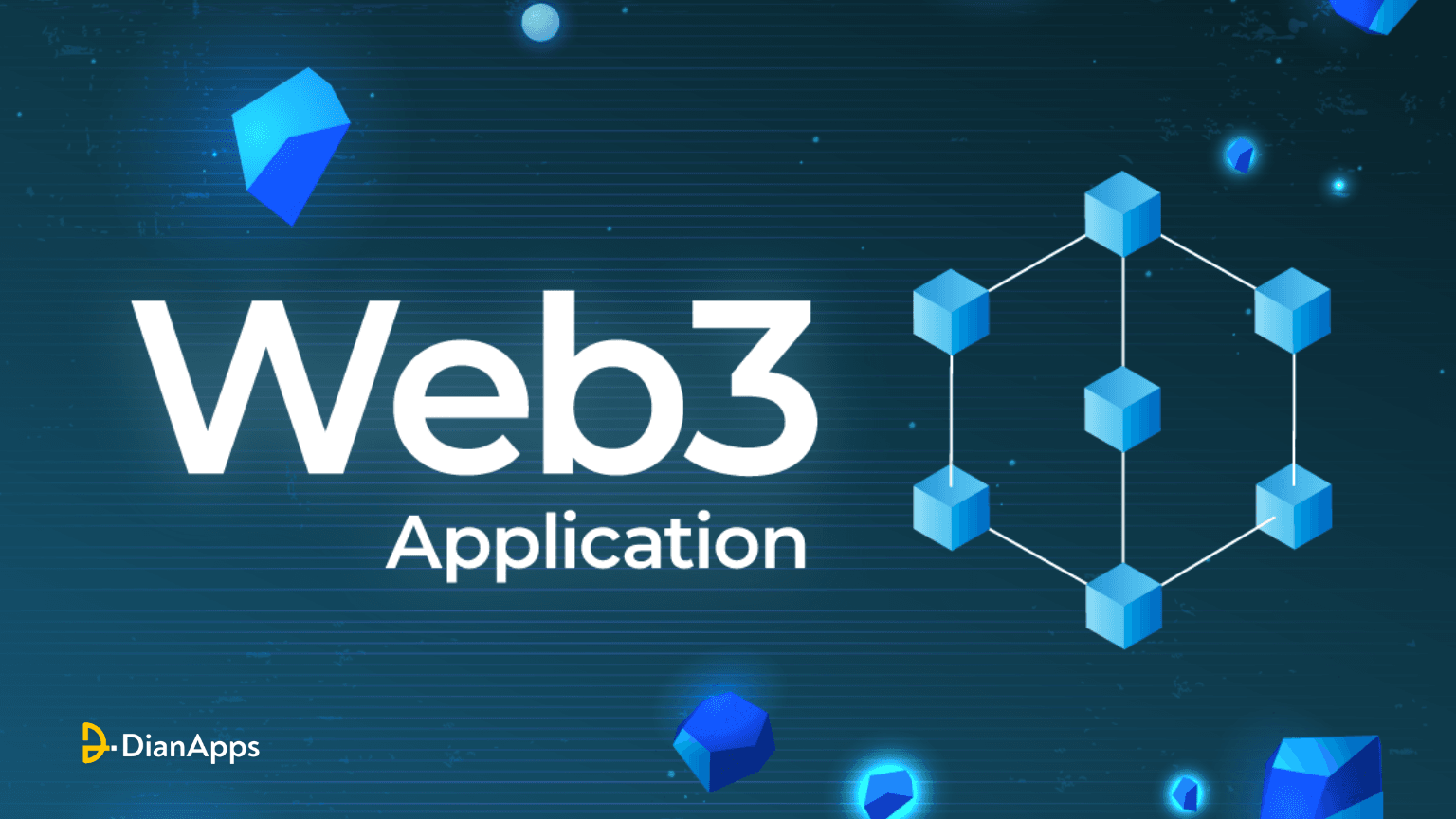With the halving of Bitcoin in April 2024 expected to spark an exciting altcoin bull market, the environment is ripe for innovation. With Ethereum expected to launch as an ETF and Bitcoin setting new milestones beyond $72,000, web app development is clearly in the limelight.
This emerging industry is a fantastic chance to create goods that not only take advantage of the market’s exuberance right now but also provide long-term value in the volatile crypto world. We explore the significance of web3 application development in this tutorial to help you ensure that your products meet market demands quickly and remain relevant for many years to come.
Recall that embracing the world of Web3 Defi applications at this time is a calculated risk, as the world of cryptocurrency is still relatively unknown to people.
There is no better moment than now to start this path, particularly if you are aiming to develop a meaningful defi product for fintech app development solutions, healthcare, or education that delivers actual value beyond the speculative nature of crypto.
What is Web3 App and How Does It Work?
The Web3 era is a disruptive digital landscape shift expected to completely transform how we communicate online. As we set out on this path, entrepreneurs hoping to take advantage of the decentralized web will find that knowing the nuances of developing web3 apps is critical. However, what is Web 3.0, and why is it creating such a stir in many industries?

Web3 is essentially the third generation of internet services, with apps operating on blockchains or decentralized networks. The transition from Web 2’s user-generated content to Web 3’s blockchain-based ecosystem is a major turn toward an internet that is more transparent, permissionless, and trustless.
What are the consequences? A digital environment where consumers have unheard-of control over their identities, transactions, and data.
You must get familiar with certain fundamental principles to successfully traverse this promising but complicated world. The absolute minimum that your clients must learn to function properly in the Web3 environment is as follows:
Crypto Wallet:
An entry point to the decentralized web is a crypto wallet. In addition to storing Bitcoin, a crypto wallet acts as a digital identity, allowing users to connect with different decentralized apps (DApps) without jeopardizing their data.
Smart Contracts:
Blockchain is transforming the way businesses work through smart contracts that are self-executing digital versions of traditional contracts, which are written agreements with legal enforceability. These code-written contracts carry out transactions or other operations automatically in response to preset triggers. They serve as the foundation for several DApps, enabling everything from automatic artist royalties to DEXs.
Decentralized Storage:
Filecoin and IPFS (InterPlanetary File System) are examples of decentralized storage systems that disperse data among a worldwide network of nodes, which are linked computers running blockchain code, as opposed to cloud storage services, which rely on centralized data centers.

To stay ahead in the world of decentralized finance, one must innovate continuously. Are you prepared to create a DeFi application that may completely alter the market? Our blog provides you with the in-depth information and trade secrets you need to have an influence.
The Most Common Web3 App Types
The kinds of Web3 apps are as varied as they are creative, ranging from non-fungible token (NFT) markets to decentralized finance (DeFi) systems. While each application caters to a different industry, they all employ blockchain technology services in the USA to provide transparent, safe, and user-focused experiences.
The most common categories of Web3 apps are listed below:
- DEX (Decentralized Exchanges): Online marketplaces that let people trade cryptocurrency without going via established centralized exchanges.
- Lending Platforms: Enable digital assets to be borrowed and lent, with smart contracts handling loan management automatically.
- NFT Marketplaces: Online stores where producers and enthusiasts may purchase, sell, or exchange non-fungible tokens, which are distinctive digital assets that serve as ownership or authenticity certificates.
- Cross-Chain Bridges: Products that improve interoperability by facilitating the transfer of assets and data between various blockchain networks.
- Wallets with Accessories: These wallets include extra features like token switching and direct interaction with DApps, in addition to being used for holding Bitcoin.
- Crypto games are blockchain-based titles in which users may earn bitcoin through gaming and possess in-game items like NFTs.
Also Read: How to start a Blockchain gaming platform?
- Portfolio trackers are tools that let investors keep an eye on and manage their portfolios of digital assets on several platforms.
Real-world Examples of Web3 Apps
Lending protocols, staking platforms, and DEXs are the top solutions when ranking DeFi apps on DappRadat based on TVL (total value locked). Here are a few instances:
UniSwap:

Leading decentralized exchange UniSwap enables users to trade ERC-20 tokens straight from their wallets by using liquidity pools as opposed to conventional market matching.
Balancer:

Users may contribute or generate liquidity to customizable pools and earn trading fees with Balancer, an automated portfolio manager, price sensor, and liquidity provider.
Solend:
A decentralized platform for borrowing and lending on the Solana blockchain that makes DeFi more easily accessible and effective by providing quick transactions and inexpensive fees.
A more practical illustration of a web3 application might be a fitness software similar to Sweatcoin, which offers cryptocurrency in exchange for step monitoring. Not that the average end user needs to know that the Sweatcoin app on their smartphone is a web3 application—that’s what matters. As long as they can easily cash out, they view it as just another fitness/wellness app with benefits.
Do you have a web3 app concept for your niche? Reach out to DianApps.
Emerging Trends in Web3 Application Development
It’s not only advantageous but also essential to remain ahead of developing trends in the fast-paced world of web3 app development. Decentralized applications have a bright, varied, and promising future as we examine the most recent changes that are reshaping the industry. Here are some upcoming opportunities for both web app developers and business owners.
The Rise of Real-World Assets in Web3
In the digital era, the tokenization of real-world assets (RWAs) is fundamentally changing how we see ownership and value. RWAs generate liquidity and increase the accessibility of physical assets like as real estate, art, or commodities to a worldwide audience by representing them on blockchain technology. This approach adds additional concerns for asset verification and legal compliance to the web3 app development process, while also expanding its scope.
Re-Staking Platform Innovations
By enabling validators to redistribute staked assets across many protocols, re-staking transforms traditional staking and improves incentives and network security. It extends the security of big networks to services like blockchain bridges and oracle networks, as introduced by EigenLabs with EigenLayer. Thus, this innovation simultaneously strengthens the security of several platforms and provides validators with a variety of incentive options.
NFT Market Places and Blockchain Gaming

The convergence of NFTs with blockchain games is offering developers hitherto unheard-of options. There is a growing ecosystem of systems that enable the leasing, trading, and collateralization of in-game assets in addition to the act of making games. This trend highlights how important it is for gaming environments and markets to integrate seamlessly to improve user experience and create new income streams.
Regulatory Landscape: Navigating U.S. Sec Guidelines For Defi Projects
With the U.S. Securities and Exchange Commission (SEC) establishing standards that influence the development of DeFi initiatives, regulatory clarity is progressively becoming apparent. Comprehending these rules is essential to maintaining compliance and building user confidence, which makes it a critical factor in website development services.
Selecting the Appropriate Technology Stack for Web3 Development
Knowing that the technology you choose for your web3 app will vary greatly based on the blockchain platform is essential. Every blockchain has a favorite programming language; Ethereum, for example, utilizes Solidity a lot, while other blockchains could use a different language. The back-end development of your software is built on this decision, for instance:
- Rust (for the building of Solana dapps)
- C, C++, and Rust (for Arbitrum dapps)
- Go and Avalanche Solidity
But, well-known technologies are used while concentrating on the user-facing front end of web3 mobile app development. A compelling user experience can be produced with ease using tools like React Native, Flutter for cross-platform apps, Swift and Kotlin for native iOS and Android apps, or React/Node for online solutions. If a project requires some rare tech stack, options of web app or web developer recruitment, as well as freelance developers, may come in handy.
Also read: React Native Vs Flutter: Which one is better in 2024?
Furthermore, web3.js and ethers.js are examples of specialized libraries made specifically for web and mobile platforms that are needed to integrate your application with blockchain. By serving as a bridge between your app and blockchain networks, these libraries guarantee that your app runs properly and looks fantastic inside the web3 environment.
When developing a web3 Dapp, other crypto development tools to take into account include as follows:
Oracles:
Known as the blockchain equivalent of crystal balls, oracles provide smart contracts access to outside data, which is necessary for carrying out contracts that are based on actual occurrences. Consider a fintech solution that modifies loan terms based on market circumstances or a health insurance software that processes claims automatically based on hospital records.
Crypto Development Frameworks:
Similar to Swiss Army knives for developers, tools like Hardhat and Truffle provide a range of features for building, deploying, testing, and debugging your dapps. They improve efficiency and reduce error-proneness by streamlining the development process.
Test Blockchain Networks:
It’s a good idea to give your software a test run before releasing it into the open. A sandbox environment is offered by networks like Rinkeby or Ropsten, which lets you simulate transactions without the danger (or expense) of the main network.
Top Web3 App Development Tools
1. Truffle Suite
Truffle Suite is one of the most popular development frameworks for Ethereum and EVM-compatible blockchains. It offers a robust suite of tools that simplify the process of writing, testing, and deploying smart contracts.
Truffle includes features such as a built-in smart contract compilation and deployment pipeline, automated contract testing with Mocha and Chai, and an interactive console for direct contract interaction.
Additionally, Truffle’s ecosystem includes Ganache, a personal blockchain for rapid Ethereum and Corda development, and Drizzle, a collection of front-end libraries that make building DApps more efficient and user-friendly.
These tools collectively provide a comprehensive environment for managing the entire lifecycle of a blockchain application, making Truffle a go-to choice for developers.
2. Hardhat
Hardhat is another powerful development environment for Ethereum developers, known for its flexibility and extensive plugin ecosystem. It enables developers to compile, deploy, test, and debug their Ethereum applications with ease.
Hardhat’s standout feature is its customizable task runner. Allowing developers to automate repetitive tasks and create complex workflows. It also includes a local Ethereum network for testing (Hardhat Network), which supports advanced features like stack traces and console.log debugging directly in Solidity.
Hardhat’s compatibility with popular libraries and tools, such as Ethers.js and Waffle. Further enhances its utility, making it a favorite among developers looking for a versatile and modern development tool.
3. Remix IDE
Remix IDE is a web-based integrated development environment for writing, testing, and deploying smart contracts on the Ethereum blockchain. Its ease of use and accessibility make it an ideal choice for both beginners and experienced developers.
Remix provides a rich set of features, including syntax highlighting, inline documentation, and static analysis, which help developers write secure and efficient Solidity code. The built-in debugger allows for step-by-step execution of smart contracts, aiding in the identification and resolution of bugs.
Additionally, Remix’s extensive plugin architecture enables developers to extend its functionality with tools for deployment, testing, and security analysis. Making it a versatile and comprehensive tool for Ethereum development.
4. MetaMask
MetaMask is a widely used cryptocurrency wallet and gateway to blockchain applications, supporting Ethereum and other EVM-compatible networks.
It functions as a browser extension and mobile app, allowing users to manage their digital assets. Interact with decentralized applications (DApps), and sign blockchain transactions securely. For developers, MetaMask provides a convenient way to integrate wallet functionalities into their DApps, facilitating user authentication and transaction management.
The MetaMask API (Ethereum Provider API) offers easy access to Ethereum accounts and network data. Making it simpler for developers to build Web3 applications. Its broad user base and robust security features make MetaMask an essential tool for any Web3 developer.
5. Alchemy
Alchemy is a powerful blockchain development beyond cryptocurrency platform that provides a suite of tools and services to simplify the process of building and scaling decentralized applications. It offers a highly reliable and scalable infrastructure for interacting with blockchain networks. Featuring enhanced APIs for querying and managing blockchain data.
Alchemy’s Supernode technology ensures high performance and reliability. While its Build, Monitor, and Notify suite provides developers with tools for debugging, analytics, and user engagement. Alchemy also supports multi-chain development, enabling developers to build cross-chain applications effortlessly.
With its focus on performance, reliability, and developer experience. Alchemy is a top choice for developers looking to streamline their Web3 development workflow.
Why DianApps is a Good Choice For Web3 App Development?
Our approach to collaborative development is what makes DianApps unique. We think it’s important to collaborate closely with our clients at every stage of the project, from conception to launch. We can quickly prototype, test, and iterate thanks to our agile development process. Which guarantees that the finished product not only meets but beyond your expectations.
Because of our dedication to openness, you will always be informed. Have the freedom to change directions when necessary, and get regular updates. Being your reliable innovation partner is our mission; we want to be more than just a service provider.
There are countless chances ahead for creating a web3 application. DianApps has the knowledge and experience to realize your ideas. Whether you want to leverage decentralized records to transform healthcare. Upend the financial industry with cutting-edge DeFi solutions. Or engage consumers with wellness and educational dApps.
Continue reading why choose DianApps as your Blockchain development company.










Leave a Comment
Your email address will not be published. Required fields are marked *